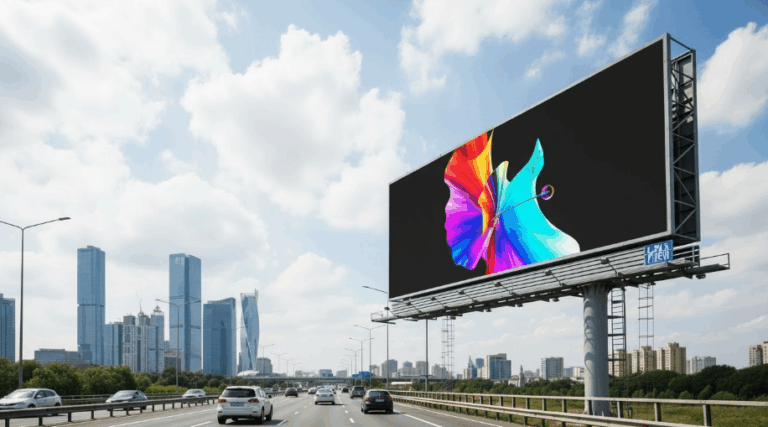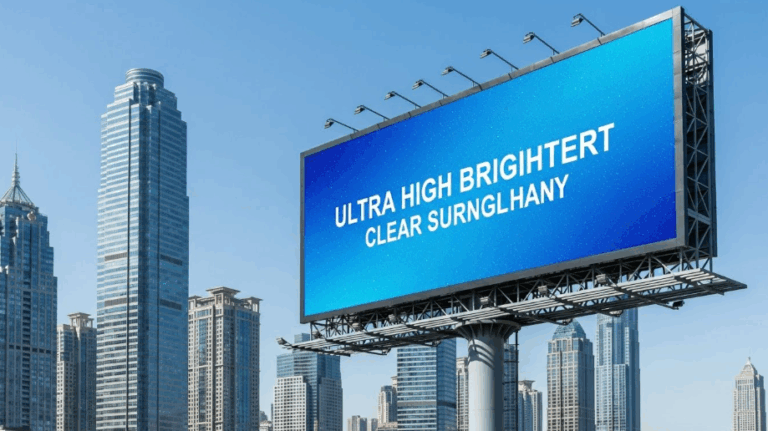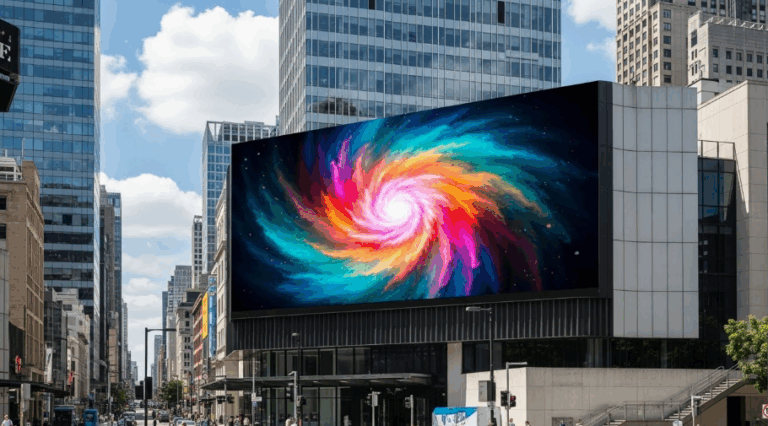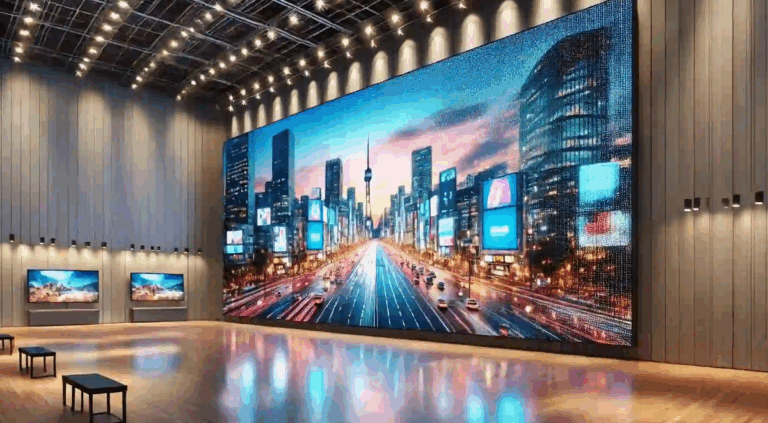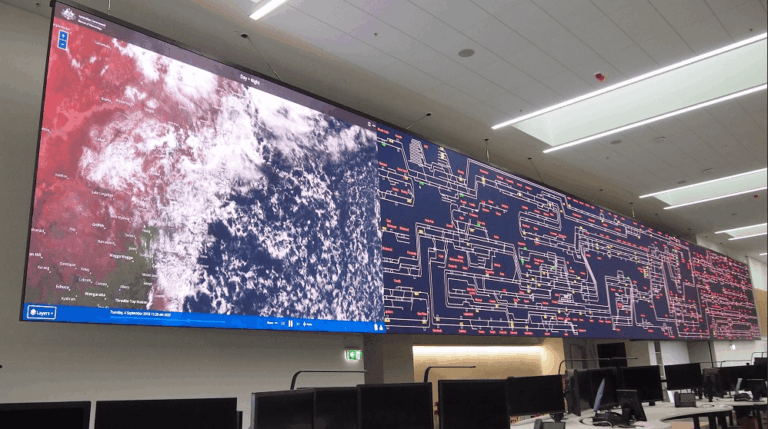LED electronic screen customization has put forward higher requirements for LED manufacturers, covering the whole process from research and development, production to solutions. The selection needs of different customers in various industries for LED electronic screens are increasingly diverse, and customers are no longer passively accepting products, but actively participating in the customization process.
With the upgrading of consumption structure and consumer demand, users are becoming more and more demanding on LED electronic screens, and they pursue more personalized customized services. Therefore, the technical requirements for LED display manufacturers have become more stringent and must meet increasing customer expectations. In such a market environment, LED manufacturers need to continue to improve technology, improve research and development capabilities, and constantly innovate to meet the different needs of customers and personalized customization requirements. Only in this way, LED electronic screen customization can occupy a favorable position in the fierce market competition and continue to develop and grow. Here are the top 10 Chinese LED display manufacturers.

When customizing LED digital screens, you need to consider the following aspects:
Target audience: Determine who your target audience is that you wish to attract and influence. Understanding the characteristics, interests, and needs of your target audience can help you design content and ways to engage with them. For example, if your target audience is a younger demographic, you may need to choose a more dynamic and engaging form of content.
Size and shape: Determine the size and shape of the LED digital screen to meet your specific needs. Consider where the display will be installed and the space available, and make sure the size and shape you choose fits into that space.
Resolution and pixel density: Determine the required resolution and pixel density to ensure that the numbers appear clearly on the screen. Higher resolution and pixel density can provide better image quality and detail.
Brightness and tunability: Consider the brightness level and tunability of the screen. Depending on the use environment and needs, choose the appropriate brightness level to ensure that the digital is clearly visible in a variety of lighting conditions. Some applications may also require the ability to adjust brightness.
Color and contrast: Determine the desired color and contrast levels for an LED digital screen. Depending on your specific application, choose the appropriate color configuration and contrast level to ensure that the numbers are displayed in a clear, vibrant manner.
Control mode: Consider how to control and update the content displayed on the LED digital screen. You can choose to use a computer-based control system, wireless network connection, or other means of control. Make sure the control you choose is appropriate for your application.
Durability and protection level: According to the requirements of the use environment, consider the durability and protection level of the LED digital screen. Some applications may require screens that are waterproof, dust-proof, earthquake-resistant, or resistant to high temperatures. Take you 5 minutes to understand the LED IP level.
Regional climate: Climatic conditions can have an impact on the performance, reliability and durability of the screen. Temperatures in different regions can vary widely, from extreme cold to extreme heat. LED digital screens need to be able to operate properly within the desired temperature range to ensure their stability and performance. Therefore, you need to choose a screen with an adaptive temperature range to meet local climate conditions.
Viewing Angle: The viewing Angle of the LED digital screen determines whether the audience can clearly see the display content at different angles. Choose a screen with a wide range of viewing angles to ensure that the viewer can see the numbers from all angles.

Energy consumption and energy saving: Consider the energy consumption and energy saving of LED digital screens. Choosing energy-efficient LED screens can reduce energy consumption and operating costs.
Installation and maintenance: Consider screen installation and maintenance requirements. Determine the installation method, fastening method, and maintenance process to ensure the stability and long-term reliability of the screen.
Content Strategy: Develop an appropriate content strategy based on your business goals and target audience. Determine the type of information you want to display on the screen, how it is presented, and how often it is updated. Taking into account the needs and preferences of the target audience, ensure that the content will capture their attention and convey an effective message.
These are some of the key aspects to consider when customizing LED digital screens. Depending on the specific application and needs, you may also need to further research and consult a professional for more detailed guidance.

